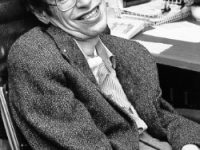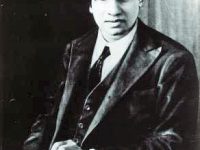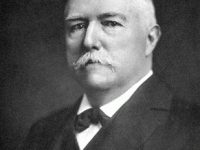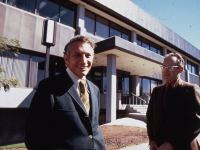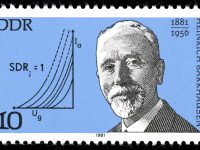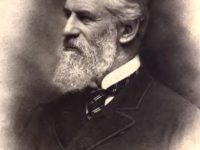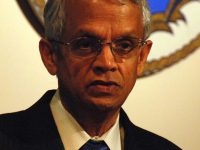François Lenormant and the Akkadian Language
On January 17, 1837, French assyriologist and archaeologist François Lenormant was born. Lenormant recognized, from cuneiform inscriptions, a language now known as Akkadian that proved valuable to the understanding of Mesopotamian civilization 3,000 years before the Christian era. François Lenormant – Youth and Education François Lenormant was born in Paris, France, to his father Charles Lenormant, who, distinguished as an archaeologist, numismatist and Egyptologist, was anxious that his son should follow in…
Read more


